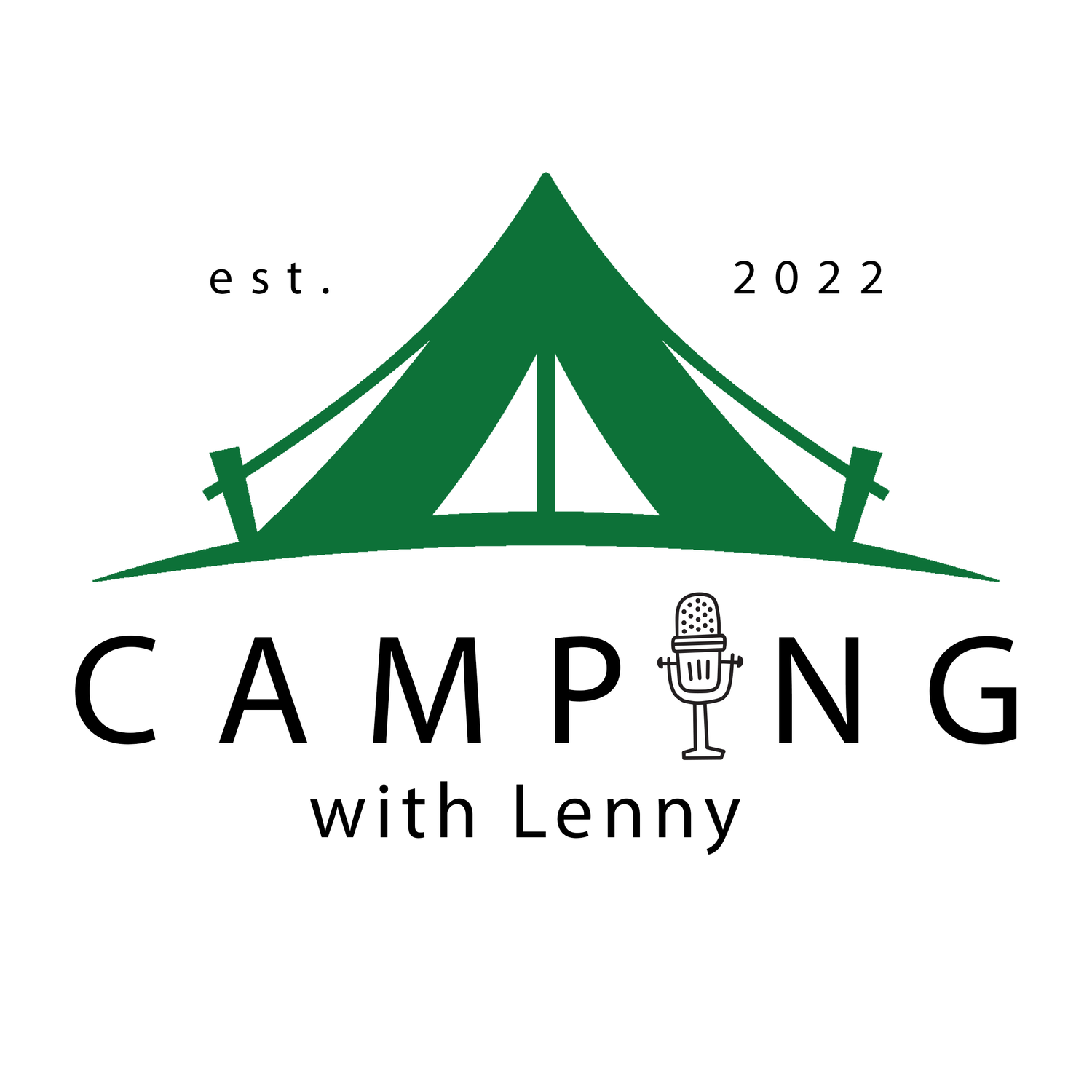N° 08 | First Time Camping
-
You just need a few basic pieces of gear and then decide where you’re going. When camping for the first time, start with an overnight campout and keep it simple:
To save money, borrow or rent gear.
To maximize your comfort, always bring appropriate clothes for cold and rain.
To satisfy your fresh-air-fueled hunger, bring plenty of food.
To keep your options open, camp close to home. (There’s no shame in bailing if problems arise.)
To ensure you get a good first impression, postpone your campout if the weather forecast is awful.
To be sure you leave a good impression for those who come after you, make sure you follow Leave No Trace principles.
-
You can keep your initial investment low if you borrow or rent the priciest items—the tent and your sleeping bags and pads. That’s a better strategy than paying bottom dollar for something that might not even last for a single camping trip. That said, if you are ready to invest in your very own camping gear, here are a few tips to help you decide exactly what to buy.
The Tent: If your budget can go a little bigger, then go bigger with your tent: A 3-person tent gives a cozy couple a little extra breathing room, and a family of four can more easily achieve harmony in a 6-person tent. You can also check the tent’s peak height if you want a tent that you can stand up in (that can make getting dressed and moving around easier to do). Vestibules outside the doors are nice for stowing muddy shoes and having two doors can help you avoid climbing over sleeping tentmates for late-night bathroom breaks.
The Sleeping Bag: When selecting your bag, temperature rating is a good place to start. If you’re planning on only going fair-weather camping, a summer bag is probably all you’ll need, but a 3-season bag will give you more leeway for unpredictable shoulder-season weather. If you’re always cold (or always hot), adjust accordingly. And no need to go with a super-snug mummy bag like backpackers use, when a rectangular camping bag will give your body more room to roam.
The Sleeping Pad: A good sleeping pad is like the mattress on a bed, but it also has high-tech insulation to prevent you from losing body heat on the cold ground. Big air mattresses, like what your guests sleep on at home, might look temptingly plush, but their lack of insulation will likely leave you feeling cold. Take a look at specs when comparing sleeping pads—if one is thicker, longer or wider and has a higher insulation value (known as the R-value) — it will be more comfortable and warmer.
Lighting: Campsites don’t have illumination, so you have to bring your own. A flashlight is OK, but a headlamp frees up your hands for camp tasks. A lantern is nice for ambient light.
Stove: A classic two-burner propane camp stove should do the trick. You won’t spend a fortune and you can cook breakfast and prepare your morning brew at the same time. Bring at least a couple of fuel canisters and a lighter, and fire it up once at home to be sure you know how it works.
Cooler: You might already have one and it will probably work just fine. Just be sure you have enough capacity for your perishable food and a few cold ones, along with enough ice to keep ‘em that way.
Pots, Plates, Cups and Sporks: You gotta bring everything necessary for food prep and consumption. You can raid your home kitchen, just don’t bring the fine china. And, unless you plan to take dirty dishes home, you’ll need a scrubber, biodegradable soap, a towel and a small washtub or two (one for dirty, one for clean).
Camp Chairs: These are optional if you can sit at the camp picnic table, but downtime will be a little more enjoyable when you have a comfy place to perch.
-
Getting dirty is part of the fun, so wear things that look good grimy. (If you pack things in a plastic storage bin, it can double as your dish tub.) Cotton is usually a no-no because wet cotton can make you cold and miserable, even in surprisingly mild weather. Do bring a warm coat, plus long underwear, gloves, a beanie and warm socks for nighttime, along with a rain jacket just in case. Also pack some sensible (sturdy) shoes for your feet as well as a pair of slip-ons for midnight bathroom breaks.
-
You need your prescription medications and hygiene items, of course. You can also bring bandages and other medicines from home, but a separate first-aid kit has comprehensive supplies in a nice compact case. Always plan for sun and prepare for bugs by bringing sunscreenand insect repellent. Because campground bathrooms sometimes run out of supplies, you should bring your own soap, toilet paper and a small towel. Hand sanitizer is nice to keep in your kitchen area.
-
If you’re an accomplished chef (campfire paella anyone?) and meal planner, then do your thing but be mindful that simple prep is better. Even if you’re not a chef, you should do a basic meal plan. It could be as simple as dinner out on the drive to camp, then cooking breakfast and having a lunch before breaking camp the next day.
You can go with boxed or canned entrees and side dishes, or fresh food or a combo of all of them. Be sure to bring plenty of snacks, and fixings for s’mores if you can’t imagine a campout without them.
If coffee or tea aren’t optional for you, then options range from instant coffee or tea bags to a stovetop percolator or teakettle.
Source:
REI: “Camping for Beginners” - https://www.rei.com/learn/expert-advice/camping-for-beginners.html
